15m microlearning lessons delivered. What we have learned.
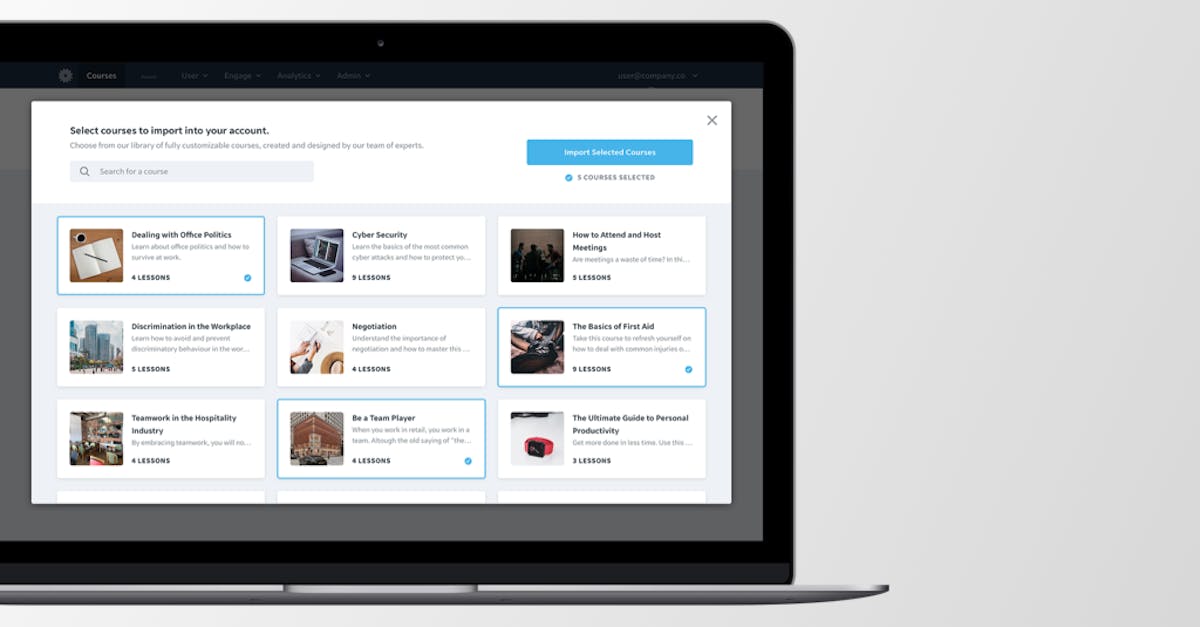
In all modesty, 15 m (million) microlearning lessons is a number we are proud of. It represents the 50,000 lessons which people in over 90 countries are doing on a daily basis. Of course, it took us a while to build up to those usage rates but that’s a lot of lessons over a lot of time.
Have we learned anything from this statistic?
There are five valuable takeaways which we’d like to pass on to you, so you can next level your learner education and/or training programs.
Takeaway #1: Microlearning is a valuable teaching tool.
Educators and trainers are picky. They are not interested in spending their time on preparing things which don’t work. Even though rapid authoring significantly cuts down on the time needed to prepare microlearning lessons, it still requires an investment of resources.
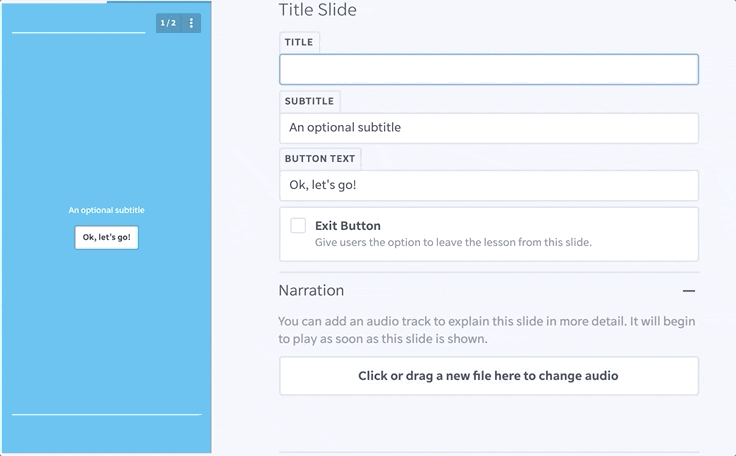
The fact that so many eLessons have been taken and continue to be taken means that people are seeing the value in this educational/training tool. Here are a few reasons from a recent Chinese case study review of micro-lessons:
- The “one knowledge point” content + the short lesson time (5-12 minutes) allow learners to stay focused.
- The online delivery method means learners can study on an “any time, any place, any device” basis.
- If microlessons are used in combination with live (virtual or in class) teacher time, students can preview the knowledge points in order to use the teacher time for questions and/or a review of unclear material.
Takeaway #2: Language is not a barrier.
At the moment, EdApp, for example, can deliver your educational/training content in 103 languages. While it is not every language available, chances are, this selection includes at least one language which your learners know.
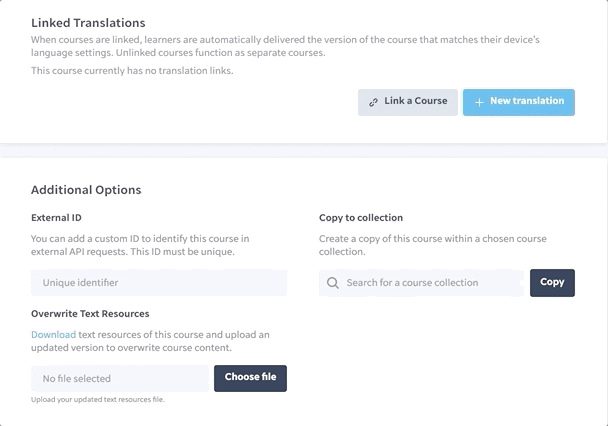
This means that microlearning can provide education/training on an international basis—whether we are speaking about learners in different countries or the mini-international community which makes up your workplace.
Takeaway #3: Microlearning suits a mobile-first population.
Data on the Statista website informs that currently, there are 3.5 billion global smartphone users. This figure is expected to increase to 3.8 billion in 2021.
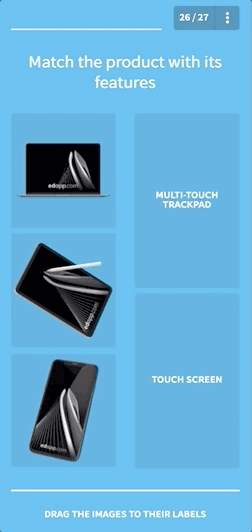
People tend to spend a lot of time on these smartphones. For example, in the US, it is estimated that smartphone users spend between 3 hours to 5 hours on their devices each day.
Each smartphone user is a potential microlesson learner. Thus, mobile-friendly, eLearning platforms, such as EdApp, reach people on their preferred digital device.
Takeaway #4: Online learning is only ONE tool.
There is always the tendency for people to get very excited about a powerful educational/training tool, so much so that they say it should replace all other methods. Yet, as any good teacher or trainer knows, our profession is not “one size fits all”.
Microlearning is an excellent tool. However, it does not fit all the people nor all of the learning situations. A recent examination of the effectiveness of microlessons showed that in this particular case, microlearning units were not more effective than other methods of instruction.
Professional educators and trainers will not be surprised…nor will we be concerned.
We already have had the experience of walking into class with what we thought was an amazing lesson…only to have it mostly fall flat on its face. For whatever reason(s), our lesson did not resonate with our learners. We learned that we need to build content delivery with methods that suit our learner groups, respecting their differing needs, abilities, and group dynamics. As a result, we have a “toolkit” full of a variety of task types and delivery methods. Microlearning is a superb addition, but it is not the only “trick” up our sleeves.
Takeaway #5: Microlearning apps help with accountability.
“Production” is the goal of any educational/training program. In other words, can our learners now “do something” with the content they have learned and the practice they have done? Can we see some actual results via new or improved skill levels?
A microlearning course app offers objective analytics. Course completion and learner statistics give insight into how your learners are doing. One type of data is learner engagement or how often your learners are actually doing their microlessons. The more learners are engaged, the more likely it is for them to show positive effects of their learning. Another statistic is social learning analytics for peer learning tasks. This data (how many likes and flags the content received) gives you a feeling for the learners’ level of “production”—how well they are able to put into practice what they have learned so far.
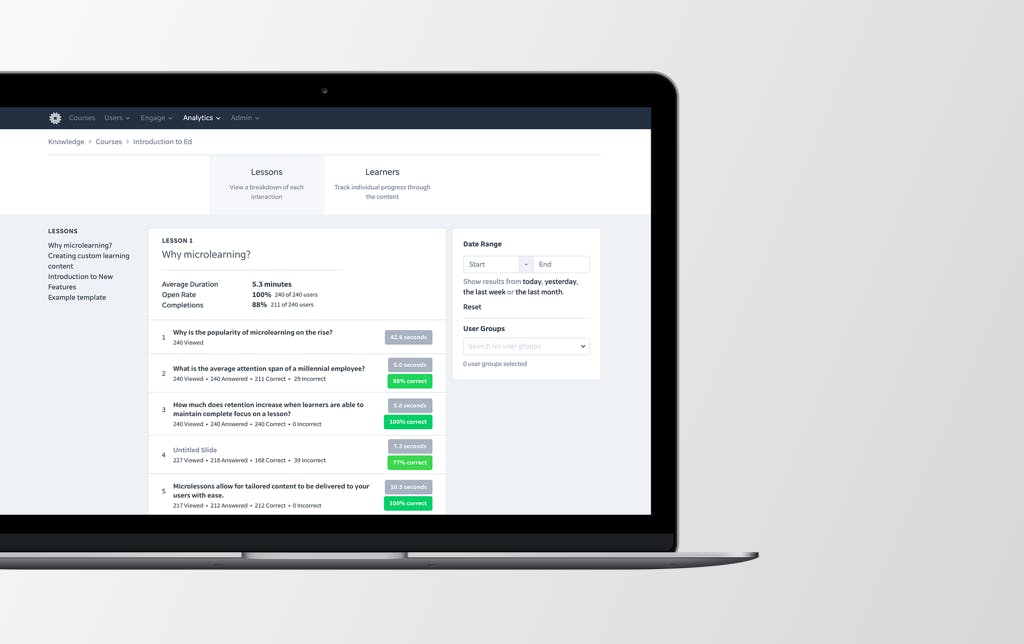
If your educational/training courses do not include a microlearning element, your learners are missing out.
Get a better idea of how it works by checking out a case study involving employee training with microlessons.
Begin building your own microlearning content now.
Sources
http://en.hainanu.edu.cn/2020-05/20/c_490800.htm
https://kommandotech.com/statistics/how-much-time-does-the-average-person-spend-on-their-phone/
https://support.edapp.com/analytics
https://webcache.googleusercontent.com/search?q=cache:HtXXUilZjIwJ:https://www.mdpi.com/2076-3417/10/13/4566/pdf+&cd=8&hl=en&ct=clnk&gl=il&client=firefox-b-d
https://www.edapp.com/blog/top-microlearning-statistics/
https://www.edapp.com/case-studies/mizuno/
https://www.emarketer.com/content/us-mobile-time-spent-2020
https://www.statista.com/statistics/330695/number-of-smartphone-users-worldwide/
Author
